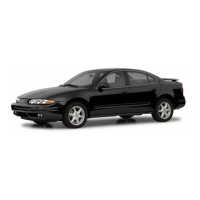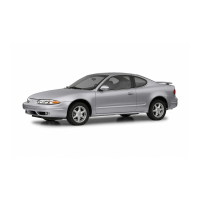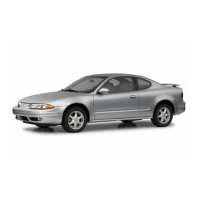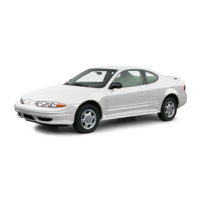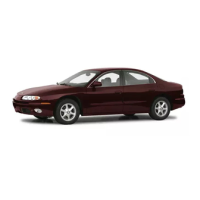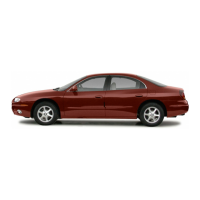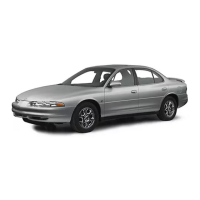Drunken
Driving
Death and injury associated with drinking and driving is
a national tragedy.
It’s
the number one contributor
to
the highway death
toll,
claiming thousands
of
victims
every year.
Alcohol affects four things that anyone needs to
drive a vehicle:
Judgment
Muscular Coordination
Vision
Attentiveness.
Police records show that almost half of all motor
vehicle-related deaths involve alcohol. In most cases,
these deaths are the result
of
someone who was
drinking and driving. In recent years, more than
16,000
annual motor vehicle-related deaths have been
associated with the use of alcohol, with more than
300,000
people injured.
Many adults
-
by some estimates, nearly half the adult
population
-
choose never to drink alcohol,
so
they
never drive after drinking. For persons under
21,
it’s against the law in every
U.S.
state
to
drink alcohol.
There are good medical, psychological and
developmental reasons for these laws.
The obvious way
to
eliminate the leading highway
safety problem
is
for people never to drink alcohol
and then drive. But what
if
people do?
How
much is
“too
much”
if
someone plans to drive? It’s a lot less than
many might think. Although
it
depends on each person
and situation, here is some general information on
the problem.
The Blood Alcohol Concentration (BAC) of someone
who is drinking depends upon four things:
The amount
of
alcohol consumed
0
The drinker’s body weight
e
The amount of food that is consumed before and
during drinking
consume the alcohol.
a
Thn
Innmth
-<
+;-e
;+
h-0
I-lrnr.
+Ire
Av:-l~--
+-
I
IIU
I~BBYLII
VI
LIIIIG
IL
I
tu~
Lana~
LI
IC
utlllnG1
LU
4-3

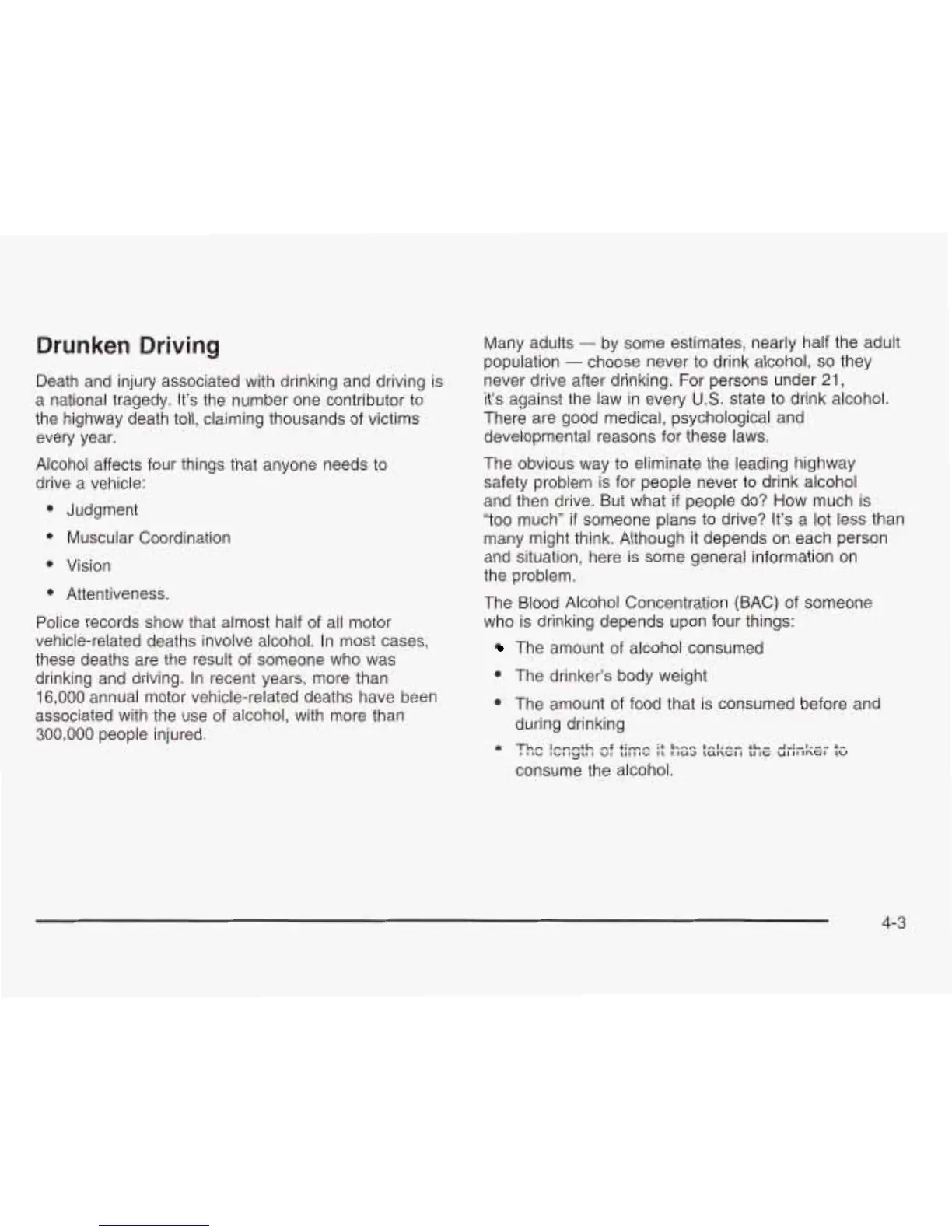